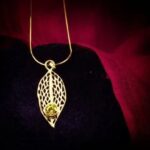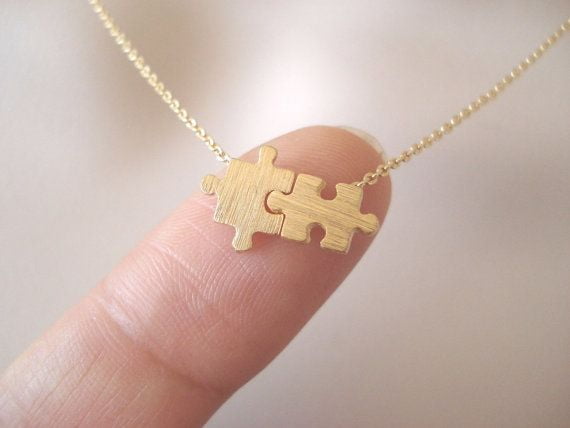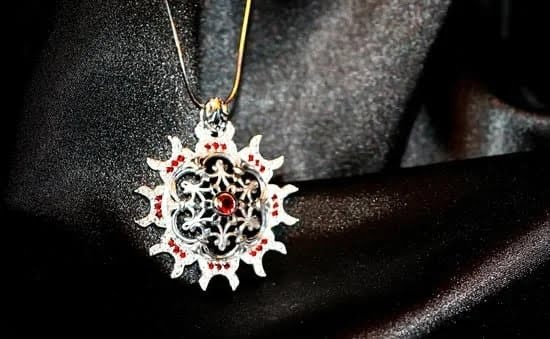Introduction
Restoring fake jewelry has many benefits. It can bring back its original luster and beauty, and make older pieces of jewelry look brand new again. This can help you keep your favorite jewelry pieces looking great for years to come, so it is important to know how to restore fake jewelry properly. Knowing this skill is also helpful if you ever need to do repair work on someone else’s jewelry or antique pieces, as some jewelers charge quite a bit for their services. With the right knowledge and a few simple supplies, you can easily restore any piece of fake jewelry without much effort.
Supplies Required
When restoring fake jewelry, it is important to ensure that you select the right supplies. Depending on the type of restoration being undertaken, these may include polishing compounds, silver cleaners, and solvents. To ensure good results, take the time to research and invest in some higher quality supplies such as industrial grade jewelry cleaning solutions and soft-bristled brushes for cleaning and removing tarnish. You should also select a reliable metalsmith to perform any specialty work required as part of your restoration such as repairs, engraving or repadding techniques.
For surfacing materials use a range of abrasive papers for smoothing out any dents or scratches in the fake jewelry. Invest in an adjustable tensioned jewelry filing set which includes tools for filing, forming and smoothing metals. Make sure to purchase forms with rubberized handles for added comfort when grinding too – these can be found at most local craft stores or online retailers. For chemicals choose professional grade formulas made specifically for use on fake jewelry alloys as they are specifically tuned to avoid corrosion and discoloration of delicate materials over time. Lastly always wear safety gear when working with sharp objects such as files and wear gloves when using dangerous chemicals so you can keep the fake jewelry safe during each process of its restoration.
Cleaning Process
Before beginning the process of restoring fake jewelry, it is important to note what type of material the piece is crafted from. Plastics, glass, and ceramics can be exposed to a number of cleaning liquids without doing damage. However, if the piece is wired in any way, avoid using liquid cleansers that would corrode the metal. Instead, we recommend wiping the piece with a soft bristled toothbrush and warm water then air drying it. If there are oils or dirt build-up on the surface of the jewelry, use a milk-based cleanser like gentle hand soap or liquid dish detergent and a cotton swab to gently remove them. A surface buffing with a soft cloth used for polishing metals could be used after washing the piece with one of these recommended cleansers too. Be aware of not overly scrubbing or rubbing down the item too much as it may cause scratches or bits to break off from it.
Metal Refinishing
Metal refinishing is a process that can restore an item’s appearance and color to its original condition after years of wear and tear. Refinishing often requires the application of a chemical treatment to remove discolorations, tarnish and corrosion, as well as repairs to chips, dings and scratches. Different methods of metal refinishing available include electroplating, polishing, buffing and coating.
Electroplating occurs when electric currents are used to coat items made of brass or nickel with a thin layer of another metal such as gold or silver. This provides jewelry with an improved finish but also serves to protect them against natural wear and tear.
Polishing helps to restore surface scratches on soft metals like silver by applying abrasive pads or compounds in combination with cleaning solutions. Polished surfaces are smooth and reflect light evenly giving jewelry a glossy look. In some cases, polishing can even reduce the visibility of deeper scratches if done correctly.
Buffing involves using wheel-shaped abrasives along with special polishing paste to help bring out the brightness in metals more quickly than other processes do. Buffing is a great option for clean-cut details such as grooves or engraved designs.
Coating refers to treatments that provide a protective layer over fake jewelry made from materials like plastic, ceramic and glass. Examples include lacquers (organic solvents) which form thin layers around the object that provides protection from abrasion, ultraviolet light, extreme temperatures and humidity changes. Coating is also useful for protecting against tarnish produced by contact with oils from skin which can cause fading and discoloration over time.
All in all, various methods of metal refinishing offer benefits depending on the type of fake jewelry being restored: electroplating for improved aesthetics; polishing for surface corrections; buffing for brightening details; and coating for added protection from environmental elements.
Jewelry Repair
Troubleshooting Tips for Common Jewelry Repair Issues:
• If a piece has lost its luster or is dull, the best way to restore it is with a chemical dip. A good solution is to mix some baking soda and warm water, submerging the jewelry until it sparkles again.
• To remove dirt from inside a ring or other closed setting, use a paint brush dipped in rubbing alcohol. This will loosen any debris which can then be removed with a cloth.
• If a stone has come loose in its setting and needs to be reattached, secure it first by painting over the hole with clear nail polish and place the stone back in the setting when dry. This will hold it temporarily until you can take it to a professional jeweler for deeper repair work.
• To mend broken chains, clasps, and other fasteners on jewelry pieces, use pliers and jump rings (metal circles). Clasp one ring through both ends of the broken piece then fasten them together with another rings inserted into both existing rings and tightened around them with pliers
• Missing or tarnished beads or enhancers on necklaces, bracelets etc., can often be replaced with new ones that match the existing style of jewelry in color and size. If replacing multiple beads within short time period over-string stringing material may need to be replaced as well as occasional shifting of all beads on strand should occur.
Finishing Touches
Finishing touches are an important part of restoring fake jewelry, as aesthetics can play a big role in the overall look and appeal of a piece. Before beginning to work on the finish of the jewelry, make sure the jewelry is completely clean and all dirt has been removed from crevices. To begin restoring a piece’s aesthetic, start by loosening any tight parts with a pair of needle-nose pliers. To polish faded metals, you can use liquid cleaner made especially for metal polishing. After you’ve polished the piece to a shine, you can customize it with engravings or special finishes like enameling or etching. For added protection against existing and potential damage, consider waxing or lacquering it after you’re finished working on it. Lastly, remember to wear gloves while working on any piece of jewelry to minimize contact oils and other impurities that could ruin your work over time.
Conclusion
The best practices for restoring fake jewelry include using a clean, soft cloth to wipe away any dirt and dust. Avoid using harsh chemicals or solvents on your jewelry as this can damage the finish. If there are areas of discoloration, you can clean them with a mild soap solution and a soft brush, taking care not to scrub too hard as this may scratch the surface. When storing your fake jewelry, keep it in an airtight container to help preserve its original luster. Finally, take it to an experienced jeweler for professional cleaning if necessary. For more information on restoring fake jewelry, visit popular online retail sites such as Amazon or Etsy.

Welcome to my jewelry blog! My name is Sarah and I am the owner of this blog.
I love making jewelry and sharing my creations with others.
So whether you’re someone who loves wearing jewelry yourself or simply enjoys learning about it, be sure to check out my blog for insightful posts on everything related to this exciting topic!





